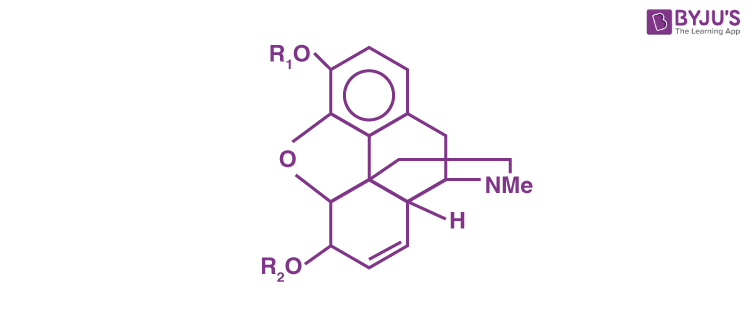Chemistry has had such an impact on our lives that we are unaware that we are constantly exposed to chemicals; All of us are beautiful chemical creations. Our actions are governed by chemicals. We in everyday life deal with the application of Chemistry in three important and interesting areas, namely – medicines, food materials and cleansing agents.
Download Class 12 Chemistry Worksheet on Chapter 16 Chemistry in Everyday life PDF – Set 1
CBSE Class 12 Chemistry Chapter 16 Chemistry in Everyday life Worksheet – Set 1
Q-1: Sodium rosinate is used to
- improve cleansing properties of water
- improve leathering property of soaps
- remove fats that bind other materials to fabrics or skin
- remove gummy mass
Q-2: Which of the following builders is present in soap powders and scouring soap?
- Magnesium carbonate
- Trisodium phosphate
- Powdered pumice
- Lime
Q-3: Bithional is added to medicinal soaps to improve their _________ properties.
- antibiotic
- leathering
- antiseptic
- Rapid drying
Q-4: Dettol is an antiseptic that contains terpineol as one of its ingredients. The chemical structure of terpineol is show below:

Answer the following questions:
- Is terpineol a terpene?
- How many isoprene units does it contain?
- Is it monoterpene or diterpene?
Q-5: Drugs are chemicals of
- High molecular mass
- Low molecular mass
- Very low molecular mass
- No mass
Q-6: Drug classification on the basis of _________is most useful to doctors?
- Drug action
- Pharmacological effect
- Chemical structure
- Molecular targets
Q-7: Match the medicine given in column I with their use in Column II.
| Column I | Column II |
|---|---|
| a) Seldane | i) Analgesic |
| b) Iproniazid | ii) Neurotransmitter |
| c) Noradrenaline | iii) Antihistamine |
| d) Morphine | iv) Antidepressant drugs |
Q-8: What exactly are antimicrobial drugs? Give three broad categories of antimicrobial drugs.
Q-9: What is the primary issue with using synthetic detergents as a cleansing agent?
Q-10: The phenanthrene group serves as the nucleus in many alkaloids, the structure of which is shown below. Determine R1 and R2 for morphine, a chief alkaloid in opium.

- R1=R2=CH3
- R1=R2=H
- R1= H and R2=CH3
- R1= CH3 and R2= H
Q-11: Saccharin is the first popular artificial sweetening agent. What is its chemical name?
- Benzonitrile
- Ortho-sulphobenzimide
- Benzamide
- Ortho-hydroxymethyl benzamide
Q-12: BHA an acronym for Butylated hydroxy anisole is
- An antioxidant
- An analgesic
- An antiseptic
- A tranquiliser
Q-13: Glycerol is produced during saponification, along with soap, which can be removed from solution by
- Centrifugation
- Fractional Distillation
- Column Chromatography
- Sedimentation
Q-14: What is the basic difference between bactericidal and bacteriostatic antibiotics?
Q-15: What are sulpha drugs? Give some examples with their chemical structures.
Q-16: What is tincture of iodine? What is its main purpose?
Q-17: Which of the following statements about enzyme inhibitors is false?
- Hinders the substrate binding to active site of enzyme
- Disturb the catalytic activity of enzyme
- Form a strong bond with the enzyme to prevent substrate binding.
- It can be non competitive and competitive
Q-18: Iodex is one of the widely used medicinal drugs. Its another name is
- Oil of vitriol
- Oil of wintergreen
- Red vitriol
- Ethyl salicylate
Q-19: Define the terms:
- Chemical Messengers
- Antagonists
- Competitive inhibitors
Q-20: What are anionic detergents? How are they formed? Give two examples.
Download the PDF to access answers to the Chemistry Worksheet for Class 12 Chemistry Chapter 16 Chemistry in Everyday life Set -1.
Download PDF




Comments